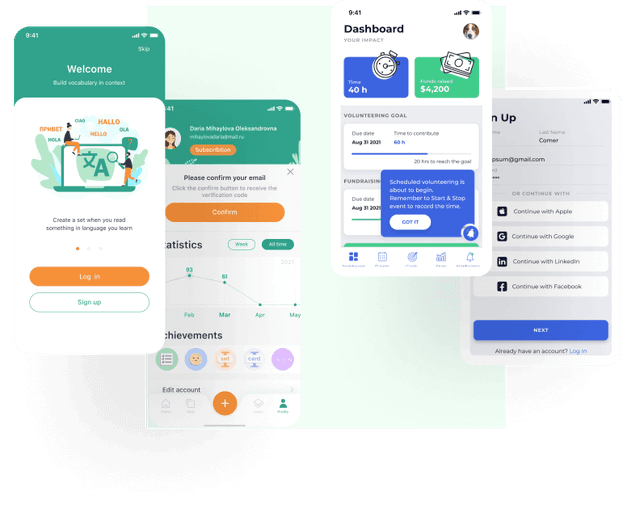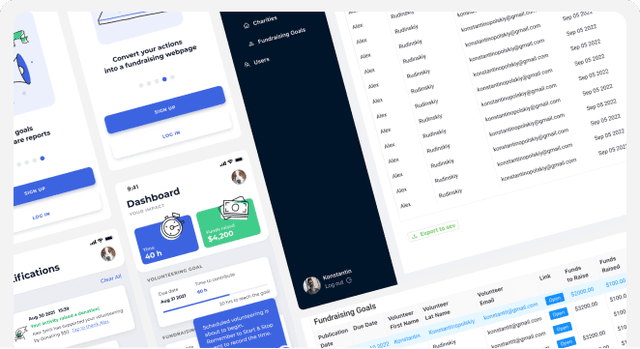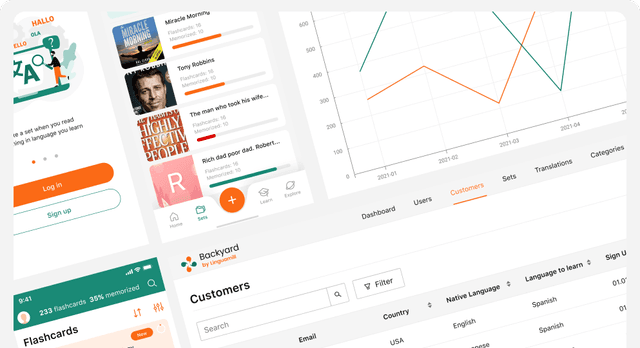Mobile Application Development

Bring your business to life in the palm of your hand with built-from-scratch mobile app development. Our experienced team specializes in hybrid development, utilizing a single codebase that can be applied to multiple operating systems. This approach requires fewer resources to develop, launch, and maintain over its lifetime, resulting in more efficient mobile solutions for your business.
While several approaches exist to build modern mobile applications, hybrid, cross-platform mobile development is the most popular and accessible. Compared to native mobile application development, which requires multiple codebases, a hybrid approach reduces cost by up to 50%, development time by up to 30%, and results in apps that are much easier to support over time.

Powered By
How We Develop Mobile Apps
The primary challenge in developing hybrid mobile applications over the last ten years has been performance reliability. Launched in 2017 by Google, Flutter is a popular framework that resolved many of the issues previously faced by development teams, standardizing hybrid development and exploding access to mobile app development. Alongside increased performance of modern mobile devices, Flutter has enabled our teams to optimize and expand what's possible in mobile app development.
When building mobile applications we follow the standard process that consists of the following phases:
1. Planning and Analysis
In this phase, the development team defines the goals and objectives of the project, outlines the scope, and conducts research to gather information about the market and target audience. The team also performs a feasibility study to determine if the project is technically and financially viable.
2. UI/UX Design
This phase involves designing the user interface and user experience of the mobile app. The team creates wireframes, prototypes, and visual designs to ensure that the app is visually appealing, easy to use, and intuitive.
3. Development
This is the phase where the actual coding and development of the mobile app take place. The team develops the app using the Flutter framework and integrates various features and functionalities into the app.
4. Testing
In this phase, the app is thoroughly tested to ensure that it meets the defined specifications and requirements. The team performs various types of testing, including functional testing, usability testing, performance testing, and security testing.
5. Deployment
This is the phase where the app is deployed to the app stores (Google Play Store and Apple App Store) for users to download and use.
6. Maintenance and Support
Once the app is deployed, the development team provides maintenance and support to ensure that the app runs smoothly and to fix any bugs or issues that arise. This phase also includes releasing updates and new features to keep the app relevant and up-to-date.

